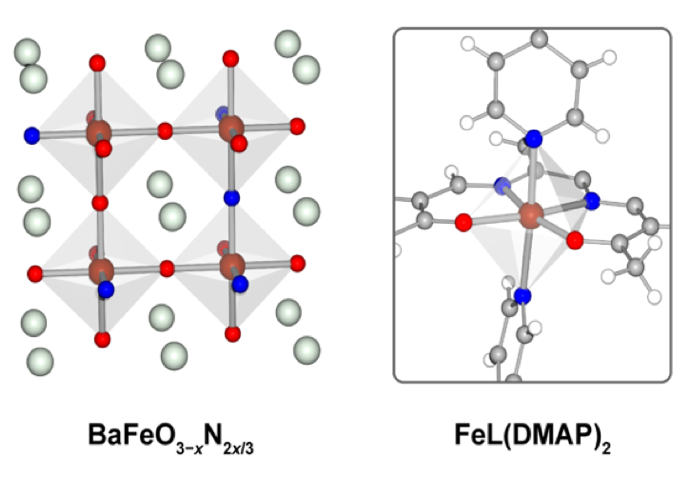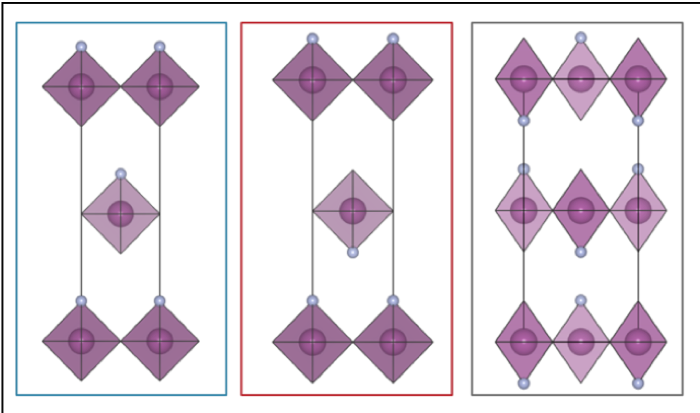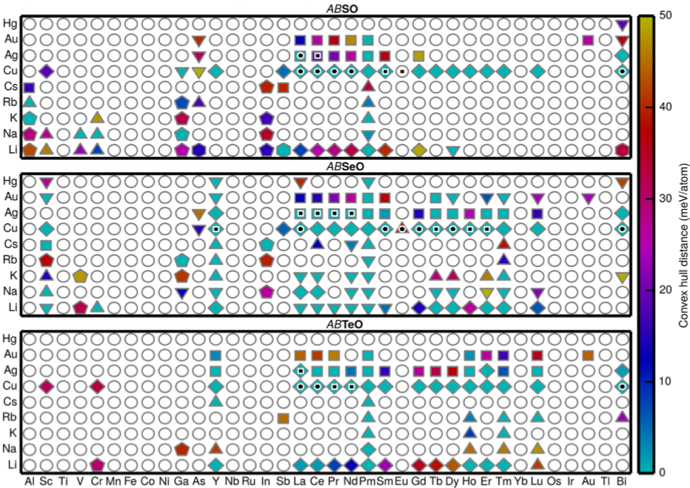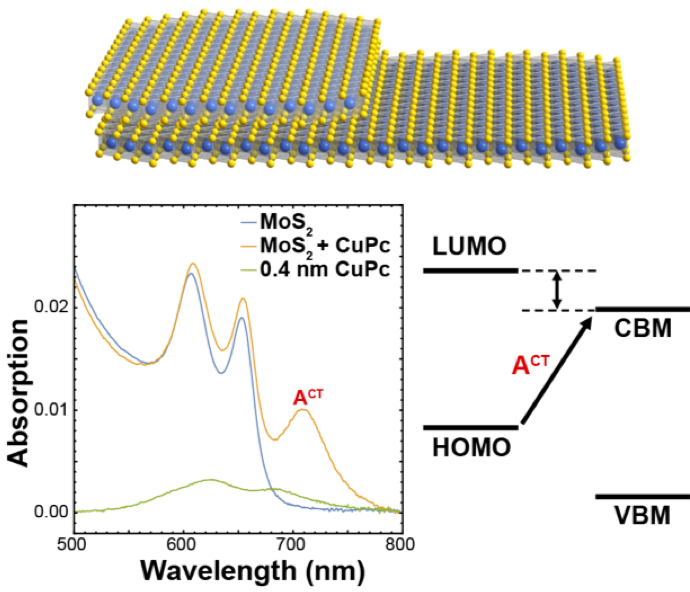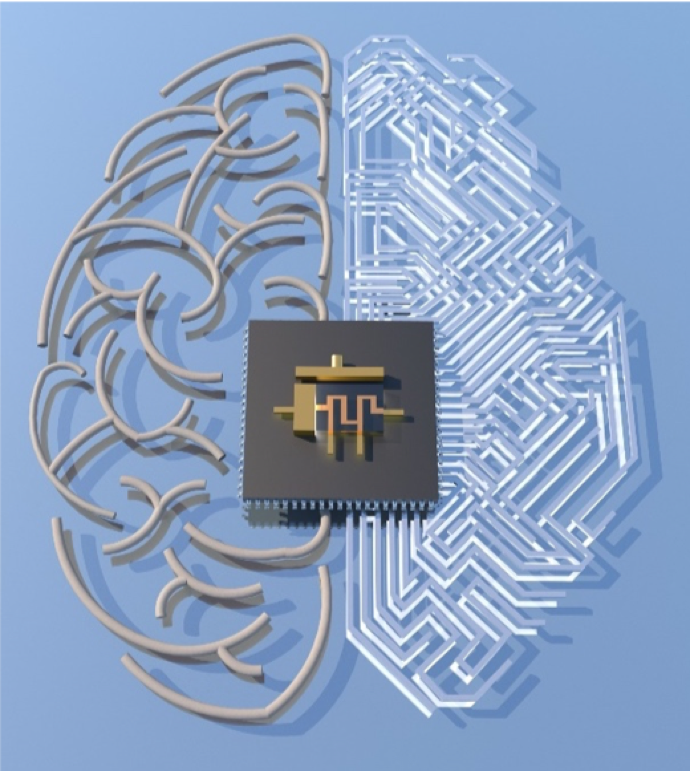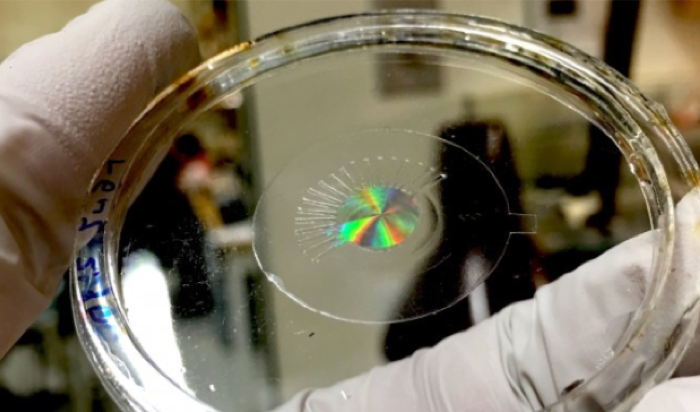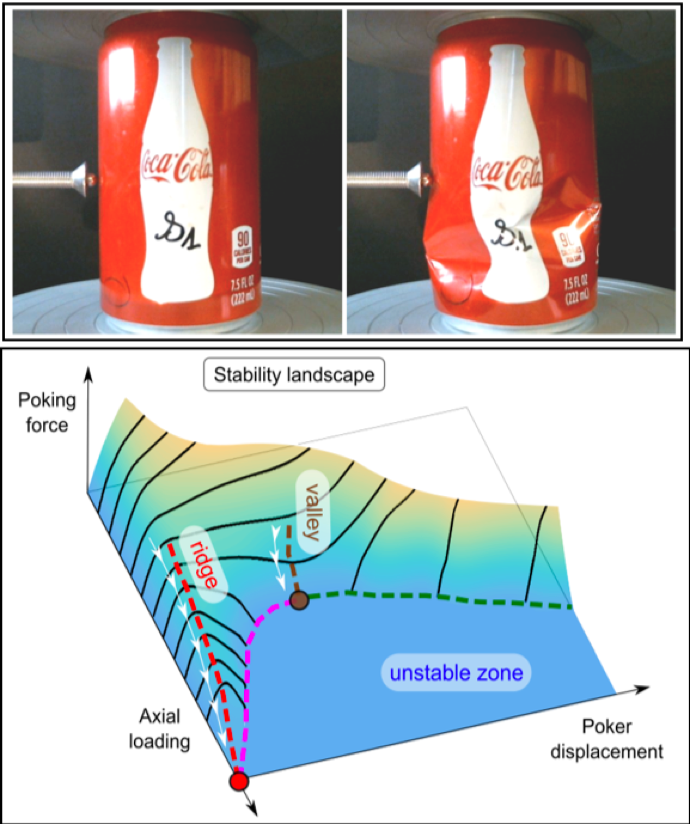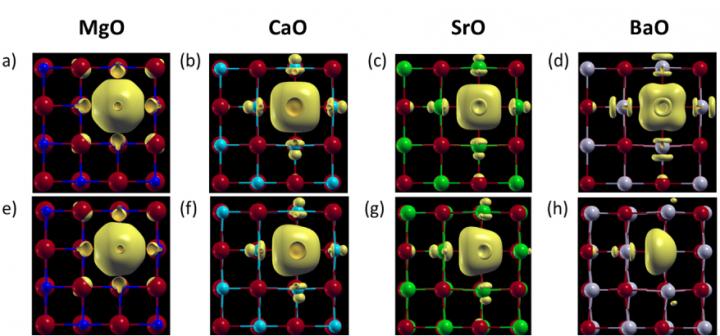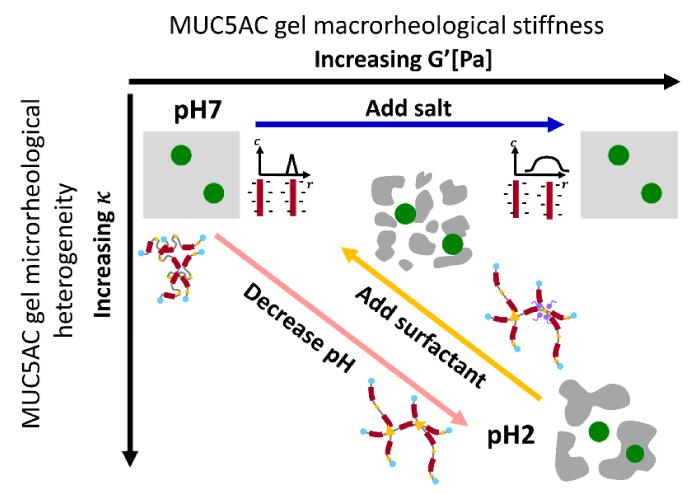Precise synthetic control of the local electronic structure of metal centers within materials offers the potential to realize exotic physical properties. In particular, tuning the electronic structure of metal centers enables the creation of strongly correlated electron systems, enabling the exploration of fundamental questions about magnetism and superconductivity.

